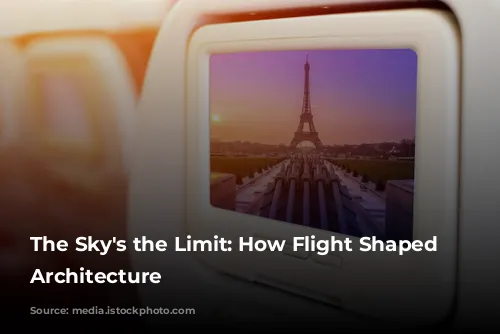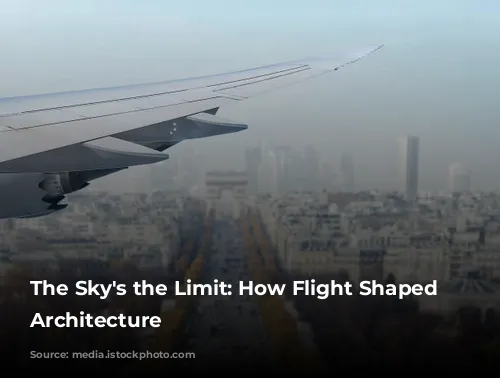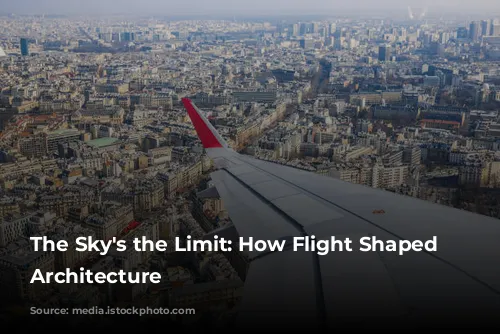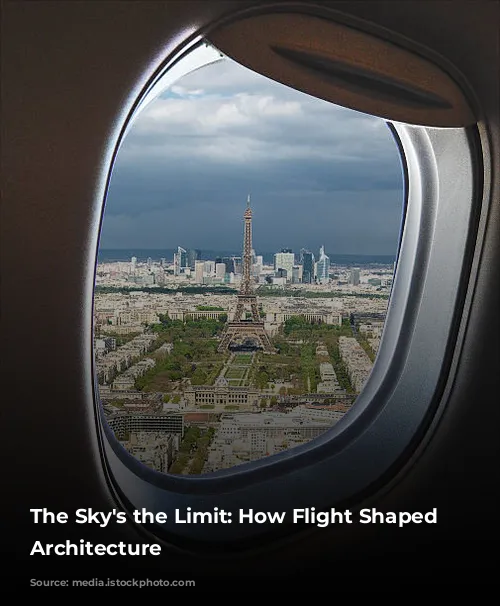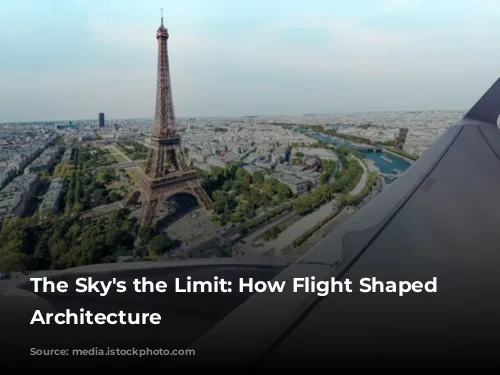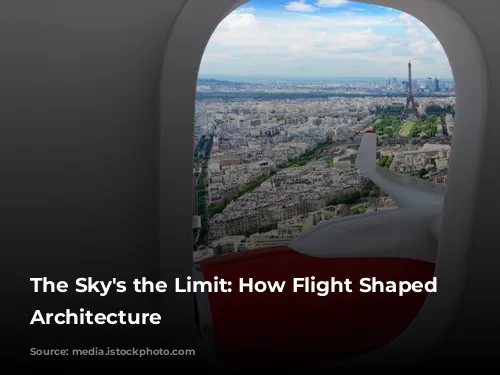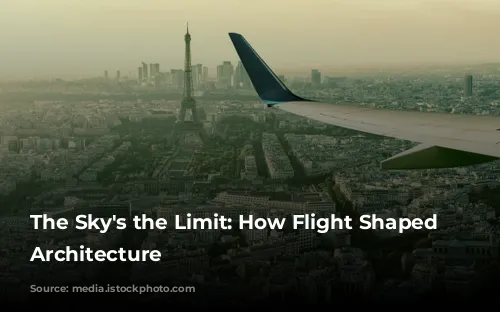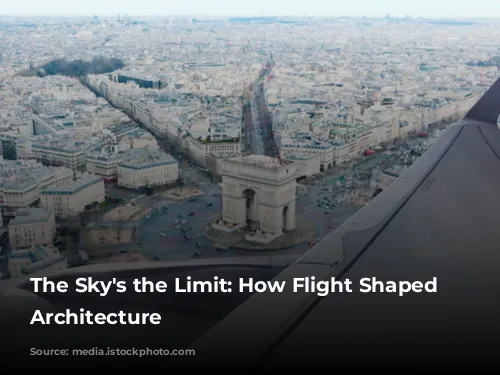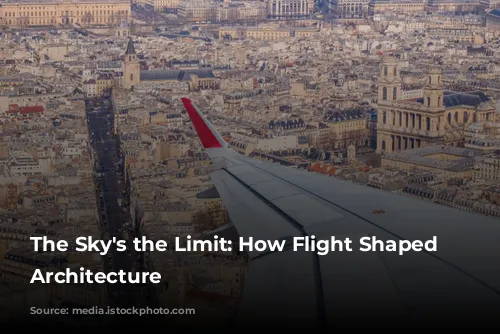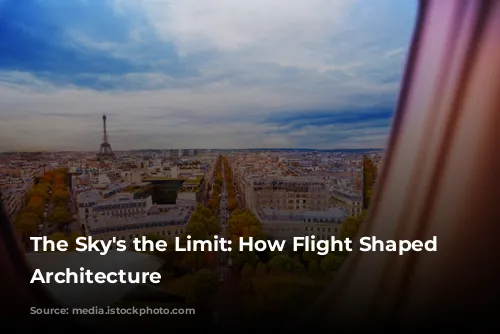Flying high above the bustling city, Le Corbusier gazed down upon a scene of human activity, a stark contrast to the sleek, modern buildings he envisioned. This aerial perspective, captured through the lens of a plane, sparked a powerful shift in his architectural thinking. In 1923, Le Corbusier famously declared that the airplane had revealed the shortcomings of traditional cities, demanding a radical overhaul. This was a prophetic vision, as just two years later, the bombing of Guernica tragically showcased the destructive potential of flight.
But Le Corbusier wasn’t just focused on the destructive power of the airplane. He saw a transformative potential, a chance to build cities anew. He envisioned a world where architecture was liberated from the confines of the ground, reaching for the skies like an eagle soaring above. This vision was reflected in his sketches of Rio de Janeiro, created during a South American flight in 1927. These sketches showcased a new, modern approach to urban planning, one that embraced the unparalleled freedom of flight.
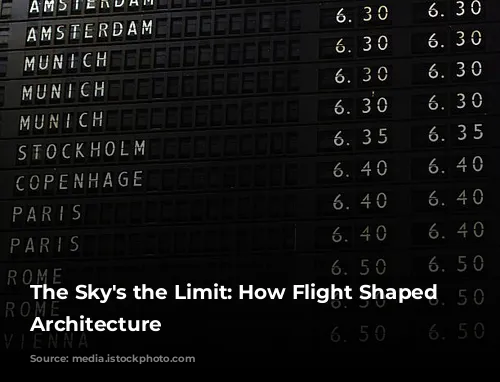
Flying High: Modern Architecture Takes Wing
The dawn of the 20th century witnessed a groundbreaking shift in the relationship between architecture and flight. The Wright brothers’ successful flight in 1903 ignited a wave of artistic and architectural innovation. Artists like Kasimir Malevich, Aleksandr Rodchenko, and El Lissitzky embraced the concept of weightlessness, envisioning buildings that transcended the limitations of gravity.
These pioneers of modernism saw the sky as a canvas for their revolutionary ideas. Malevich’s Suprematist paintings depicted geometric forms floating in space, suggesting a new spatial order devoid of traditional constraints. Rodchenko championed the idea of “top elevation,” emphasizing the roof as an aerial facade. Meanwhile, Lissitzky proposed “vertical zoning,” a concept that envisioned buildings soaring upwards towards the sky. These artists and architects were united by a shared belief that flight offered a new perspective on the built environment, a perspective that could inspire innovative approaches to design.
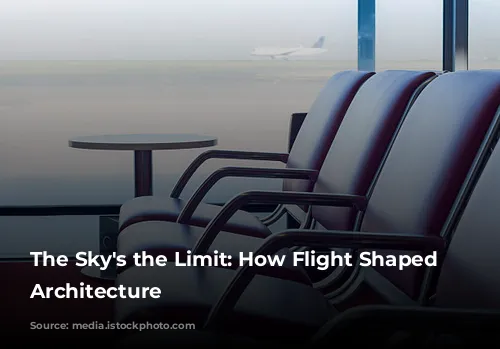
A Legacy of Levitation: From Paintings to Buildings
While the concept of weightlessness in architecture predates powered flight, the rise of aviation gave it a powerful new dimension. From Renaissance paintings depicting floating cities to Nadar’s aerial photographs taken from a balloon in the 1850s, the aerial perspective had long captured the imagination. But it was the advent of the airplane that truly brought this perspective into the realm of architectural discourse.
The aerial view, particularly as experienced during World War I, offered a unique vantage point, influencing the way artists and architects saw and understood space. This shift was evident in the artistic movements of Suprematism, Cubism, and Futurism, which rejected the horizon and traditional notions of gravity. These movements paved the way for a new architectural vocabulary, characterized by abstraction, horizontal and vertical displacement of volumes, and a sense of constant movement.
Malevich’s Suprematist paintings, for instance, depicted geometric forms floating on white backgrounds, embodying the essence of weightlessness. He extended this concept into the gallery space itself, hanging his paintings in a way that gave them the appearance of floating. He envisioned cities as “satellites floating in the cosmos,” a vision that he explored in his paintings of Aero-Cities.
Lissitzky built upon Malevich’s ideas, developing his own unique visual language in his “Prounen” works. These paintings, created between 1919 and 1921, depicted three-dimensional volumes floating in space, serving as a bridge between painting and architecture. His works offered a glimpse into the future of architecture, where buildings would be freed from the ground, reaching towards the sky.
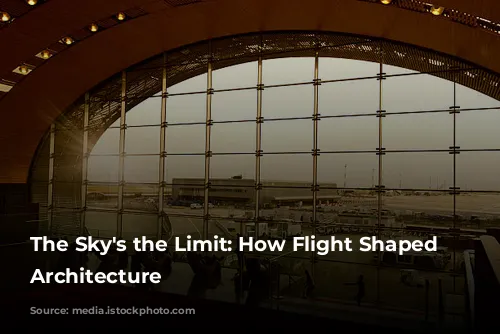
The Ground Plane Reimagined: Towards a New Architecture
The desire to liberate buildings from the ground plane became a driving force for 20th-century architects. They embraced the idea of levitation as a means of achieving a sense of unbounded freedom and weightlessness.
This desire was evident in the iconic Villa Savoye (1929-1931) by Le Corbusier. The house, supported by slender pilotis, appeared to float above the ground, a testament to the architect’s vision of a new relationship between architecture and the earth.
The concept of space, a term with multiple meanings, played a crucial role in this architectural revolution. During the early 20th century, space was often understood as a concept of enclosure, a container for human activity. However, groups like De Stijl challenged this traditional view, arguing for a more radical notion of space as a continuum, uninterrupted and infinite. This shift towards unbounded space fuelled the desire for weightlessness in architecture.
Modern architects, while unable to fully realize the dream of flight, achieved a semblance of levitation through the use of pilotis, expansive glass walls, and continuous flooring that flowed seamlessly from interior to exterior. As Frederick Kiesler wrote in a De Stijl manifesto, “We want: A system of tension in free space. A change of space into urbanism. No foundation, no walls. Detachment from the earth, suppression of the static axis.”
The soaring Sao Paolo Museum, designed by Lina Bo Bardi, epitomized this vision of space as a continuum. The museum’s hovering plinth provided a vast, open space for gathering and interaction, a testament to the enduring legacy of the weightlessness movement in architecture.
In conclusion, the airplane’s arrival brought about a revolution in architectural thought. The aerial perspective sparked a desire for liberation from the ground plane, a celebration of weightlessness, and a reimagining of space. The legacy of this movement is evident in the iconic buildings of modern architecture, which continue to inspire and amaze with their transcendence of the earthbound.
